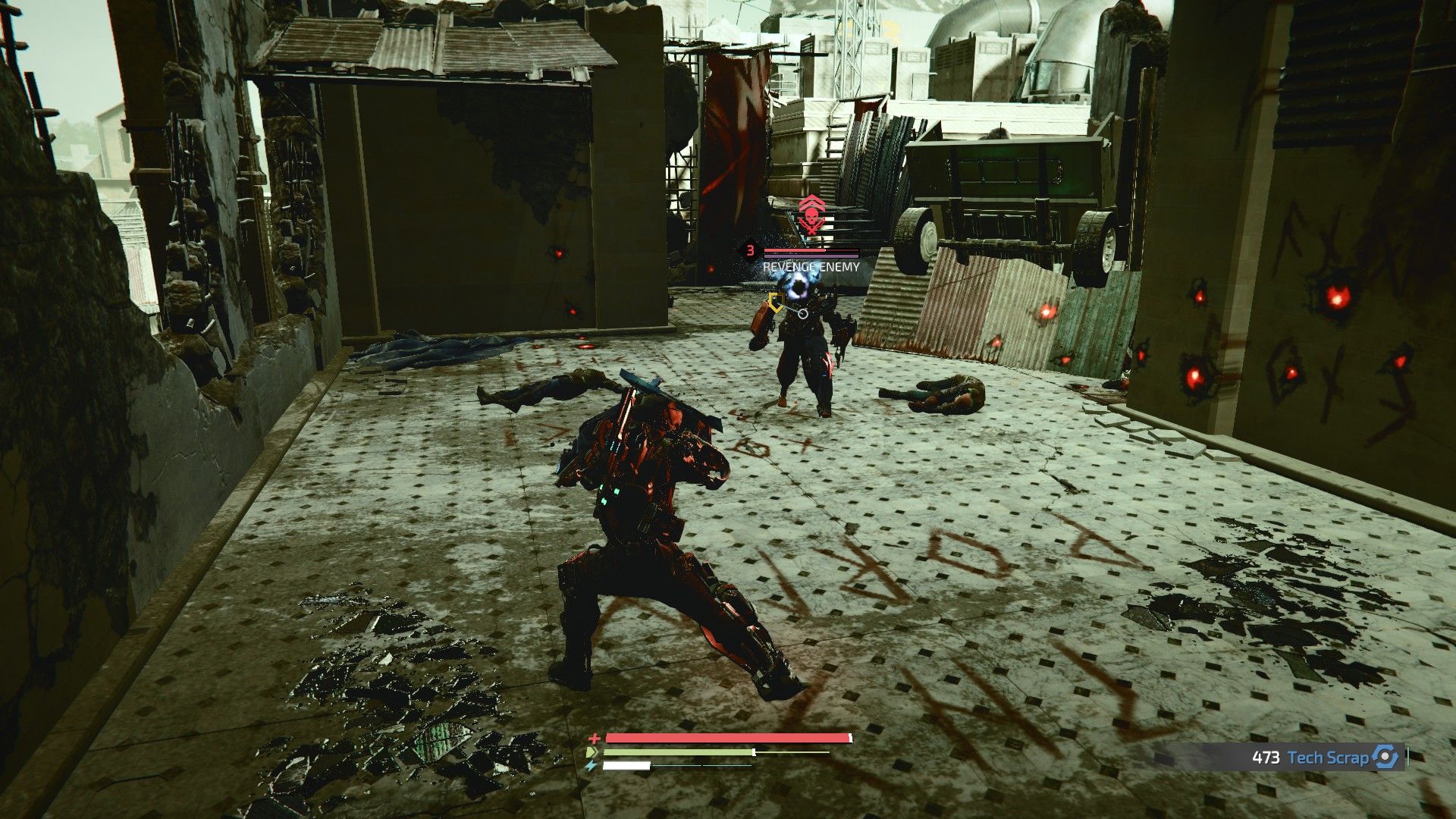

In other words, business incentives of firms covering a stock often result in inflated price targets set by analysts. They usually do that to drum up interest in shares of companies that their firms either have existing business relationships with or are looking to be associated with. While Wall Street analysts have deep knowledge of a company's fundamentals and the sensitivity of its business to economic and industry issues, many of them tend to set overly optimistic price targets.


In fact, empirical research shows that price targets set by several analysts, irrespective of the extent of agreement, rarely indicate where the price of a stock could actually be heading. Here's What You May Not Know About Analysts' Price TargetsĪccording to researchers at several universities across the globe, a price target is one of many pieces of information about a stock that misleads investors far more often than it guides. Though a positive trend in earnings estimate revisions doesn't give any idea as to how much the stock could surge, it has proven effective in predicting an upside. This view is strengthened by the agreement among analysts that the company will report better earnings than what they estimated earlier. However, an impressive consensus price target is not the only factor that indicates a potential upside in LMND. And investors making investment decisions solely based on this tool would arguably do themselves a disservice. While the consensus price target is highly sought after by investors, the ability and unbiasedness of analysts in setting price targets have long been questionable. The smaller the standard deviation, the greater the agreement among analysts. More than the range, one should note the standard deviation here, as it helps understand the variability of the estimates. While the lowest estimate indicates a decline of 11.2% from the current price level, the most optimistic estimate points to a 173.2% upside. The average comprises seven short-term price targets ranging from a low of $13 to a high of $40, with a standard deviation of $9.91. The mean price target of $22.14 indicates a 51.2% upside potential. Lemonade (LMND) closed the last trading session at $14.64, gaining 5.8% over the past four weeks, but there could be plenty of upside left in the stock if short-term price targets set by Wall Street analysts are any guide.


 0 kommentar(er)
0 kommentar(er)
